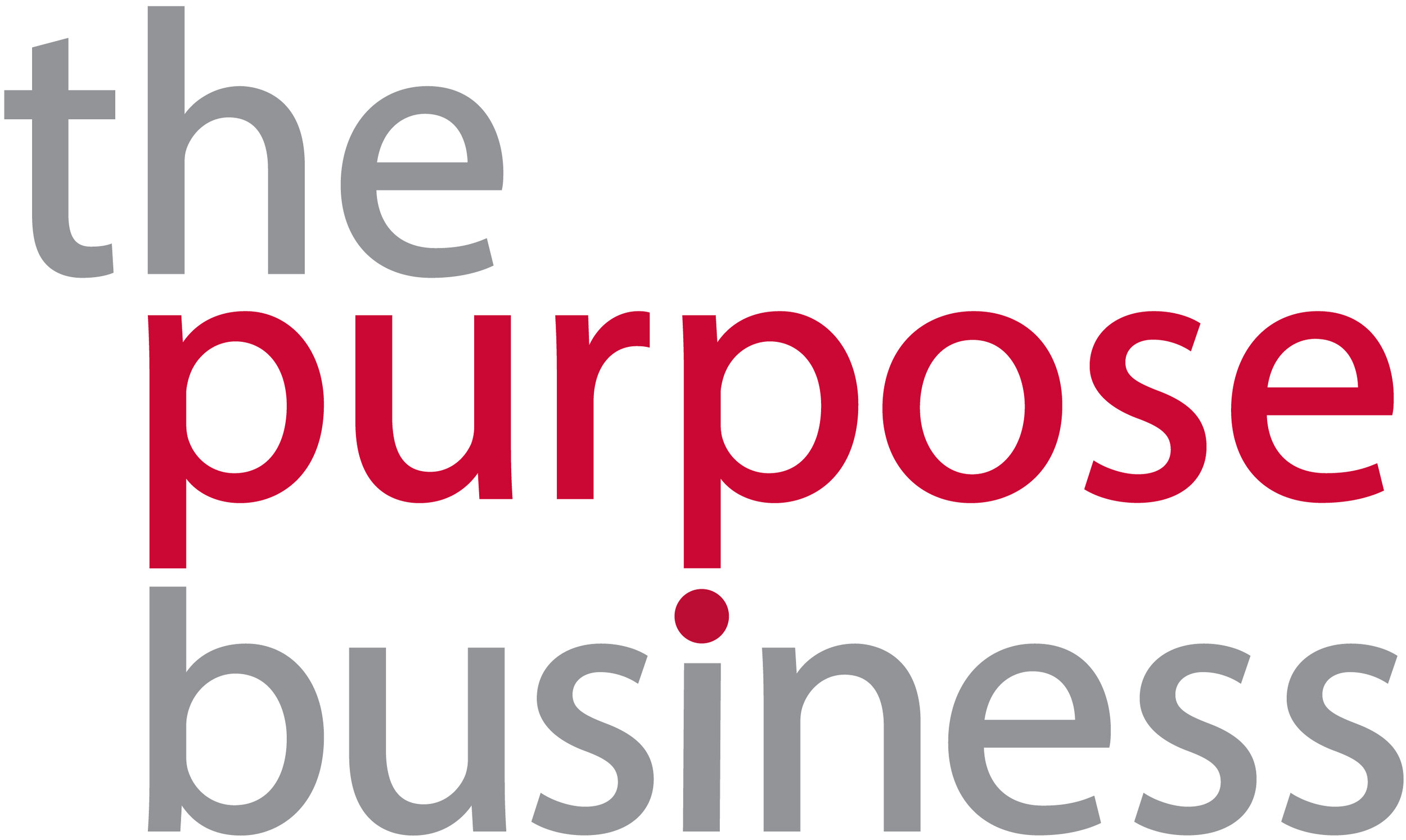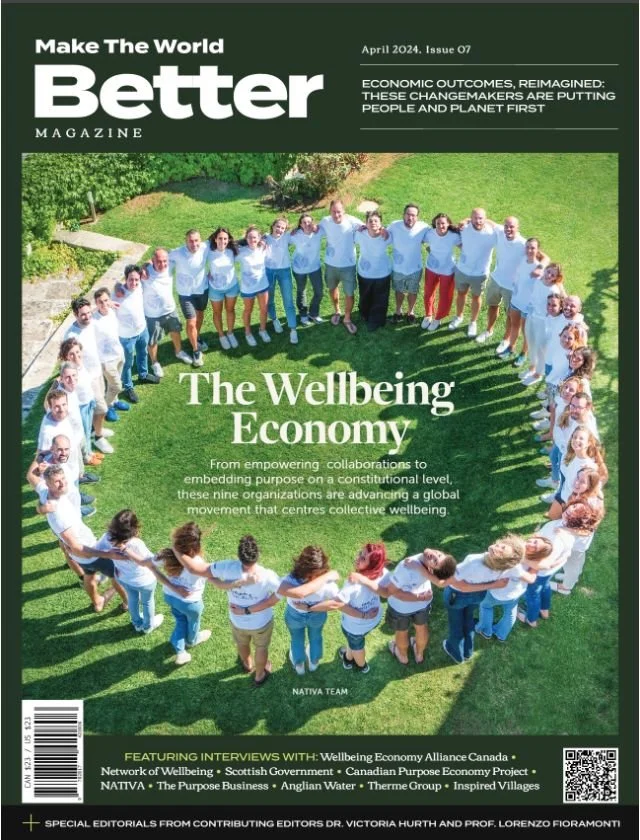The Global Goals: Progress made, challenges ahead
2015. The year that marked the launch of the Sustainable Development Goals (SDGs) or Global Goals. They were heralded with lots of fanfare including Beyonce performing at a festival, footballers getting dizzy, and schools around the world holding a lesson to celebrate the fact that all 193 member states of the United Nations signed these goals. Each member state committing to work towards achieving the 17 goals by 2030.
Here we are, now approaching the half-way point. Hunger has increased and is back at 2005 levels, it will take 286 years to close gender gaps in legal protection and remove discriminatory laws and carbon dioxide levels continue to rise – to a level not seen in 2 million years.
Half the goals are moderately or severely off track
30% have either seen no movement or regressed below the 2015 baseline
For 9 of the 17 Goals, only half of the countries or areas have internationally comparable data since 2015.
Seven years in, we can see how far behind we are in meeting these goals and some are questioning if they are still useful?
We asked Outi Grüner, TPB Advisor and Head of Market Development, for her view:
“Did anyone ever expect us to achieve all of these goals? It’s not just 17 goals but the 169 targets that define them, which are then tracked by 232 unique indicators. And while there's solid data available on many, data gaps still exist for too many.
But that doesn’t render the SDGs meaningless, far from it. They were created as a global aspirational roadmap, and provide a framework of indicators and data, which help monitor progress. Without these goals, we wouldn't be able to track progress in a globally unified way. The goals continue to influence and inform policy, corporate actions, and community priorities.
They have also helped us communicate more effectively and ''speak the same language'', in order to drive action and capital towards impact. In a way, whether they are ultimately met or not, over the following 7 years this set of global goals will continue to drive resources (human, financial, knowledge) towards impactful outcomes (impact we know of, thanks to a measuring framework).
We can hold stakeholders accountable by having this global framework. In Singapore, and across South East Asia at least, I do see the SDG framework still being very much utilised and applied as corporations, governments, and CSOs continue to map their impact against the SDGs.”
Indeed, as we recover from the COVID-19 pandemic, it is clear to us that the private sector, and particularly purpose-driven businesses, will be indispensable in accelerating SDGs action in the region. And we are here to support that.




